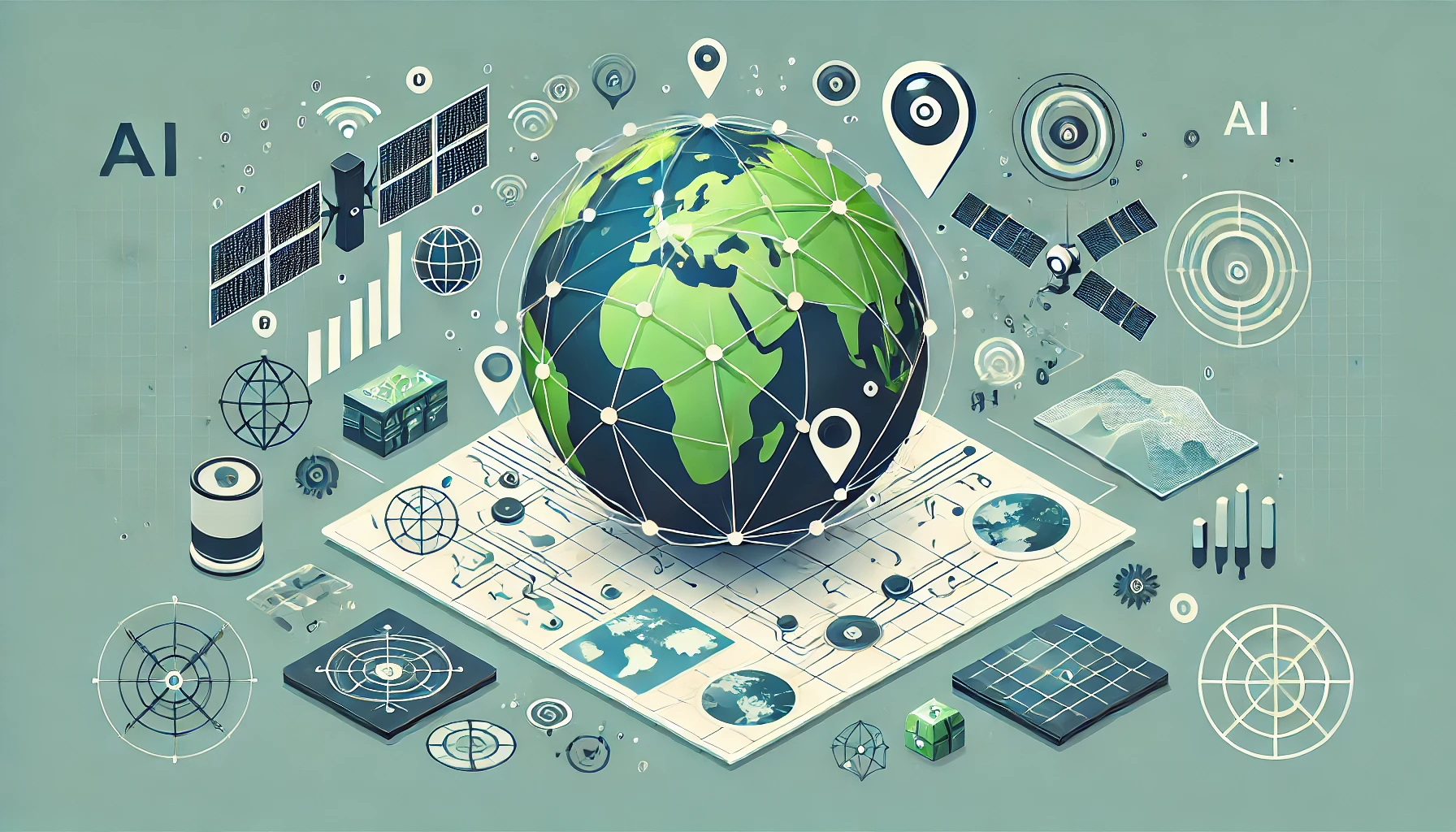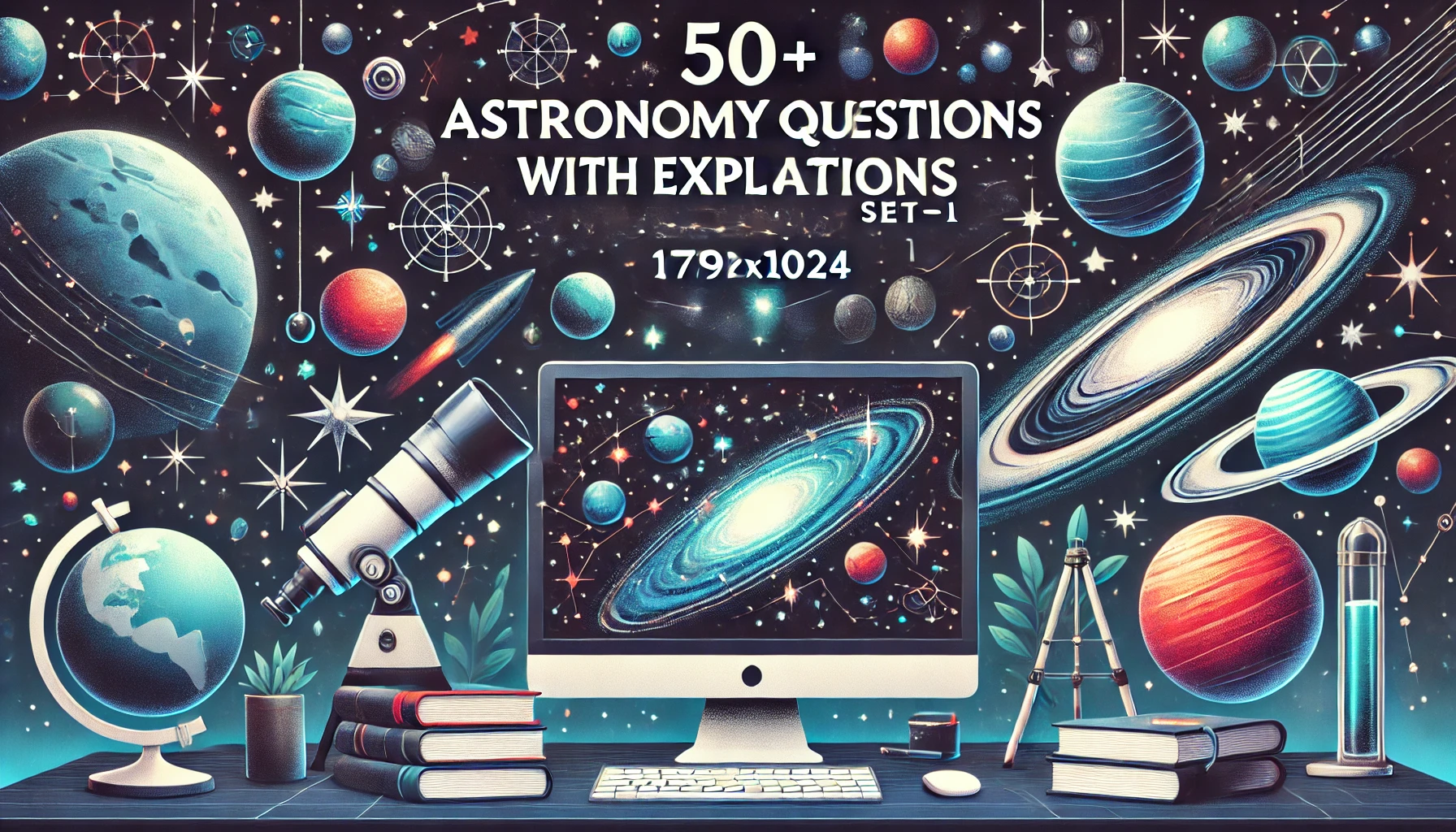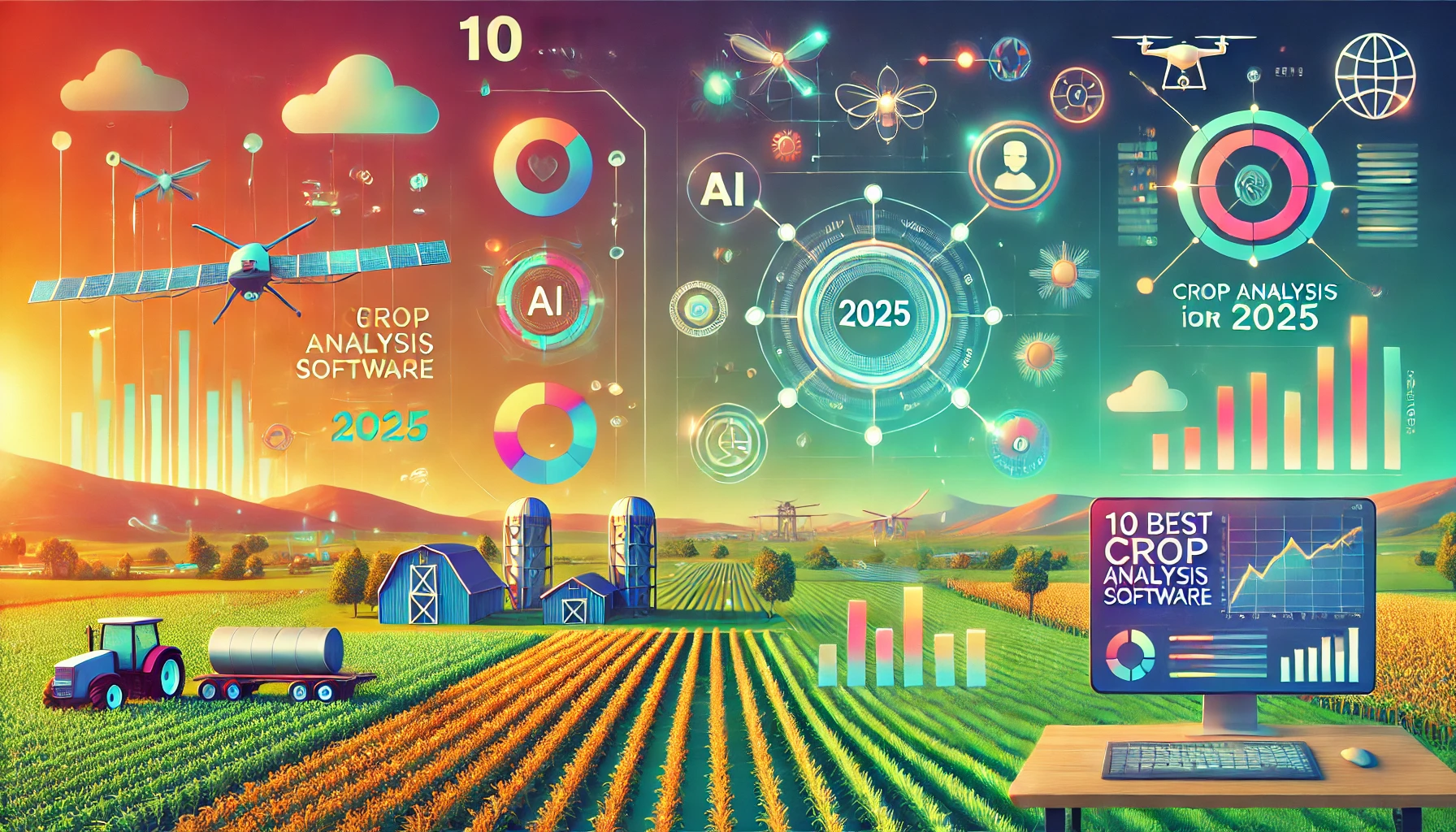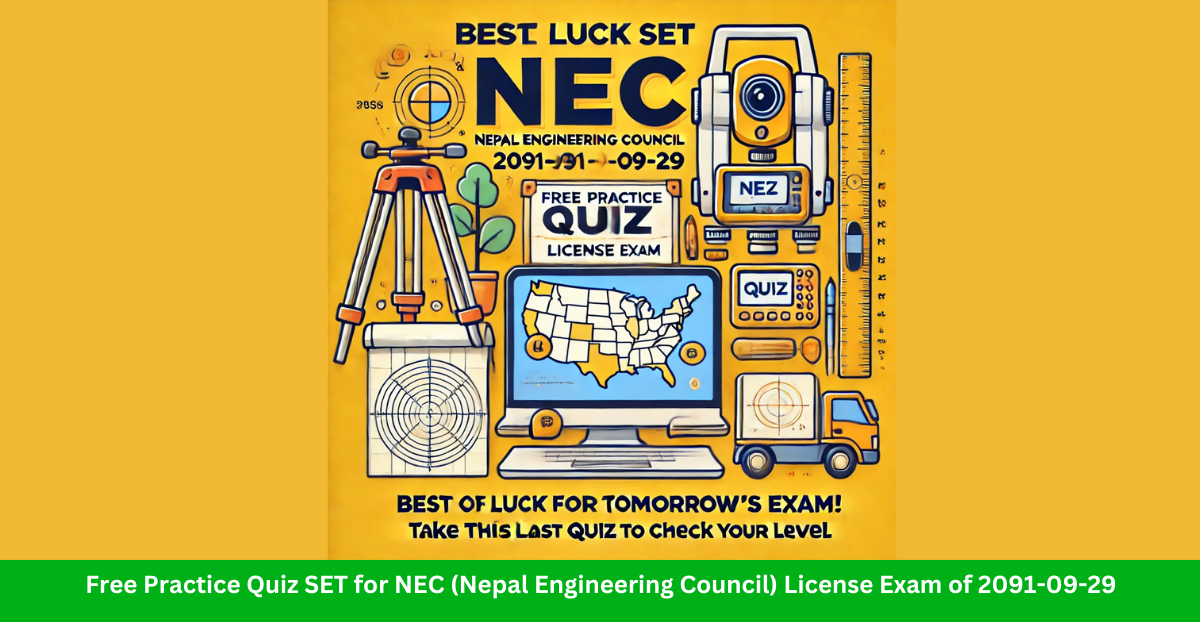Top 10 Industries That Can Benefit from DeepSeek AI
Artificial Intelligence (AI) has transformed multiple industries, enabling businesses to optimize operations, enhance customer experience, and drive innovation. Among the many AI models, DeepSeek AI stands out as a powerful tool that helps industries unlock new possibilities through data-driven decision-making and automation. In this article, we will explore ten industries that can benefit significantly from DeepSeek AI. 10 Industries That Can Benefit from DeepSeek AI Here are the list of 10 Industries that can take benefit from DeepSeek AI: 1. Healthcare The healthcare industry is one of the biggest beneficiaries of AI advancements. DeepSeek AI can revolutionize this field in multiple ways: Medical Diagnostics: AI-powered image recognition can detect diseases like cancer, pneumonia, and fractures more accurately and quickly. Personalized Treatment Plans: AI can analyze patient history and recommend the best treatments. Drug Discovery: AI speeds up the process of discovering new drugs by analyzing molecular structures. Administrative Automation: AI chatbots can handle appointment scheduling and patient inquiries, reducing workload on medical staff. 2. Finance and Banking DeepSeek AI is transforming the finance sector by providing better fraud detection, risk assessment, and customer service automation. Fraud Detection: AI can analyze transaction patterns to identify fraudulent activities in real-time. Algorithmic Trading: AI-driven trading bots make split-second trading decisions based on data analysis. Loan Risk Assessment: AI evaluates credit scores, financial history, and other factors to predict loan repayment risks. Customer Service: AI chatbots provide instant financial advice and support, improving customer satisfaction. See Also: DeepSeek Vs ChatGPT: The AI Battle Begins 3. Retail and E-Commerce AI has already disrupted the retail sector, and DeepSeek AI takes it to the next level with improved personalization and operational efficiency. Customer Behavior Analysis: AI tracks and predicts consumer preferences to offer personalized recommendations. Inventory Management: AI can predict demand and optimize inventory levels, reducing waste and increasing efficiency. Chatbots and Virtual Assistants: AI-powered bots handle customer inquiries 24/7, improving response times. Price Optimization: AI helps set competitive pricing based on real-time market analysis. 4. Manufacturing and Supply Chain DeepSeek AI is a game-changer in manufacturing, optimizing production and supply chain operations. Predictive Maintenance: AI detects potential equipment failures before they happen, reducing downtime. Quality Control: AI-powered image recognition detects product defects in real-time. Supply Chain Optimization: AI predicts demand, manages logistics, and reduces inefficiencies. Automation: AI-driven robots enhance manufacturing efficiency by performing repetitive tasks with precision. 5. Education and E-Learning Education is evolving with AI, making learning more interactive and personalized. Personalized Learning: AI tailors course content based on individual student progress. AI Tutors: Virtual tutors provide instant feedback and guidance to students. Automated Grading: AI can assess assignments and exams, reducing teacher workload. Enhanced Accessibility: AI-powered speech-to-text tools help students with disabilities. See Also: DeepSeek – The AI Shake Up the Tech World 6. Real Estate DeepSeek AI is revolutionizing real estate by making property valuation and customer engagement smarter. Smart Pricing Models: AI evaluates property values based on location, amenities, and market trends. Virtual Property Tours: AI-powered virtual tours enhance customer experience. Customer Matching: AI matches buyers with properties that fit their preferences. Fraud Prevention: AI detects suspicious transactions in real estate deals. 7. Marketing and Advertising AI is reshaping digital marketing, helping businesses reach the right audience more efficiently. Audience Targeting: AI analyzes user behavior and personalizes ad campaigns. Content Generation: AI creates blog posts, ad copies, and product descriptions. Social Media Analysis: AI monitors trends and optimizes social media strategies. SEO Optimization: AI suggests keywords, metadata, and link-building strategies to improve website rankings. 8. Automotive Industry AI plays a crucial role in the development of self-driving cars and smart transportation systems. Autonomous Vehicles: AI enables self-driving technology through real-time sensor data analysis. Traffic Management: AI predicts congestion patterns and optimizes traffic flow. Vehicle Diagnostics: AI detects issues in vehicles before they lead to breakdowns. Fleet Management: AI optimizes routes and fuel consumption for commercial vehicles. 9. Legal Industry DeepSeek AI is transforming legal services by automating document review and case research. Legal Document Analysis: AI scans and analyzes contracts, identifying key clauses and risks. Case Predictions: AI evaluates past case data to predict legal outcomes. Chatbots for Legal Assistance: AI-powered bots provide basic legal advice to clients. E-Discovery: AI helps law firms analyze massive amounts of data for case preparation. 10. Human Resources and Recruitment AI is improving hiring and employee management processes through automation and data insights. Resume Screening: AI filters job applications to find the most qualified candidates. Employee Engagement: AI analyzes workplace satisfaction and provides insights for improvement. Training and Development: AI customizes training programs based on employee skill gaps. Bias Reduction: AI-driven hiring ensures fair and unbiased recruitment. Conclusion DeepSeek AI is a powerful tool that is revolutionizing multiple industries by improving efficiency, reducing costs, and enhancing decision-making. Whether it’s healthcare, finance, retail, manufacturing, or any other sector, AI-driven solutions are paving the way for a smarter and more automated future. As AI continues to advance, businesses that integrate DeepSeek AI into their operations will gain a competitive edge, leading to increased profitability and customer satisfaction. Are you ready to leverage the power of DeepSeek AI for your business? The future of AI is here, and it’s transforming industries like never before! Frequently Asked Questions (FAQ) Q: What is DeepSeek AI? DeepSeek AI is an advanced artificial intelligence system designed to enhance various industries through automation, data analysis, and intelligent decision-making. Q: How does DeepSeek AI benefit businesses? DeepSeek AI improves efficiency, reduces costs, automates tasks, enhances customer service, and provides data-driven insights that help businesses make informed decisions. Q: Is DeepSeek AI useful for small businesses? Yes, small businesses can leverage DeepSeek AI for automation, customer support, marketing, and financial analysis, helping them compete with larger companies. Q: How does AI improve fraud detection in finance? DeepSeek AI analyzes transaction patterns in real-time to detect anomalies and prevent fraudulent activities, ensuring safer financial transactions. Q: Can AI replace human jobs in various industries? While AI automates repetitive tasks, it primarily enhances human productivity rather … Read more









